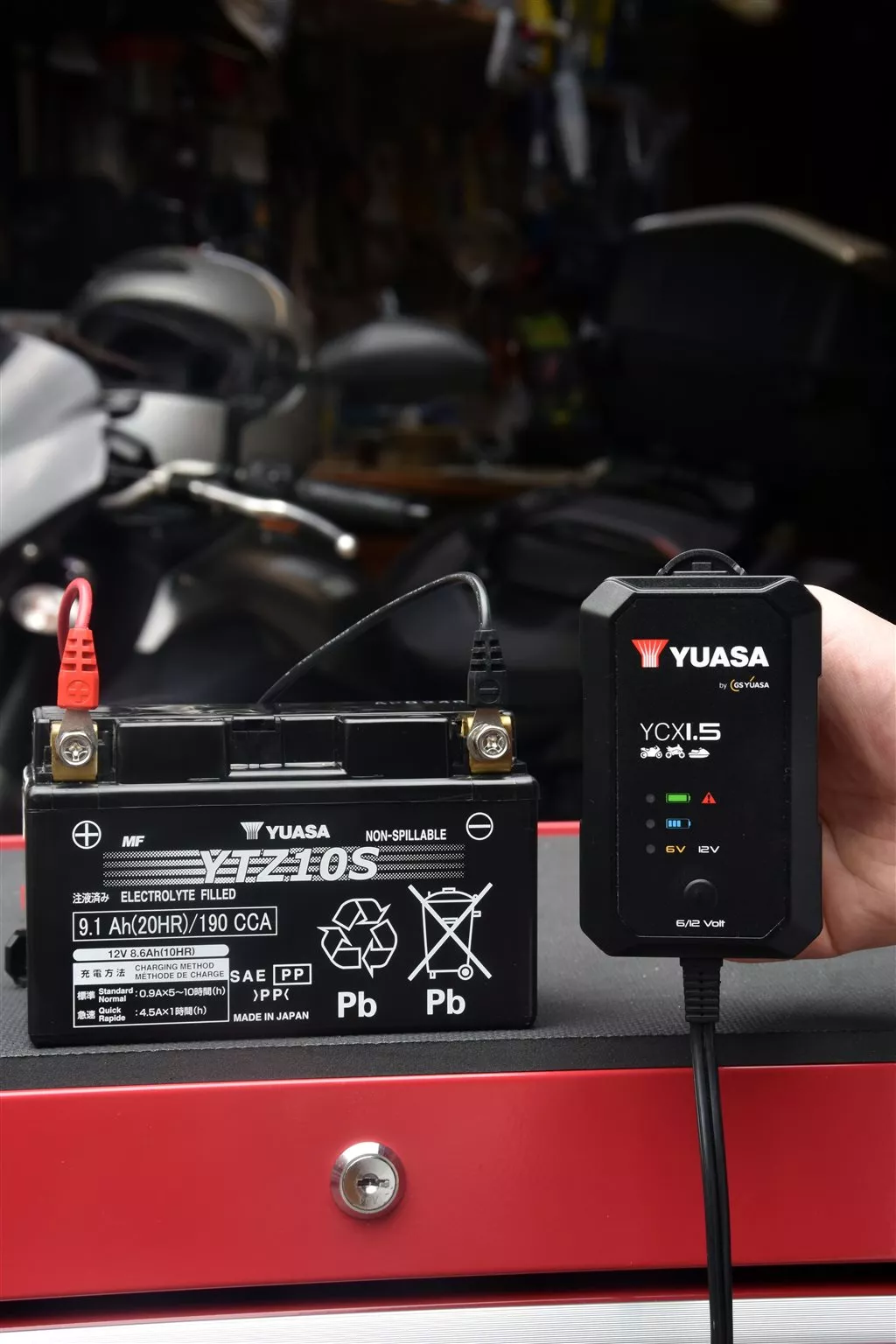A motorcycle battery is not just a simple energy storage device; it's a small-scale chemical powerhouse. Like any chemical system, it is sensitive to temperature changes. In summer heat, electrochemical processes speed up. In the short term, this can actually be beneficial as the battery provides more power. However, in the long run, this accelerates the aging process. The specific consequences include:
- Increased water loss in traditional lead-acid batteries.
- Swelling and gassing in AGM and gel batteries due to overheating.
- Faster self-discharge when the bike is left standing for longer periods.
The effects aren't immediately noticeable. It's only when the bike becomes sluggish to start, the onboard voltage drops, or the battery visibly "works"—such as through deformed casings—that it becomes clear: the summer takes its toll.

&width=72&height=72&bgcolor=rgba_39_42_44_0&mode=crop)
